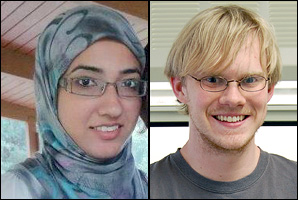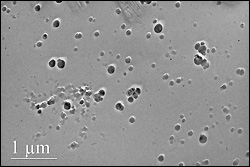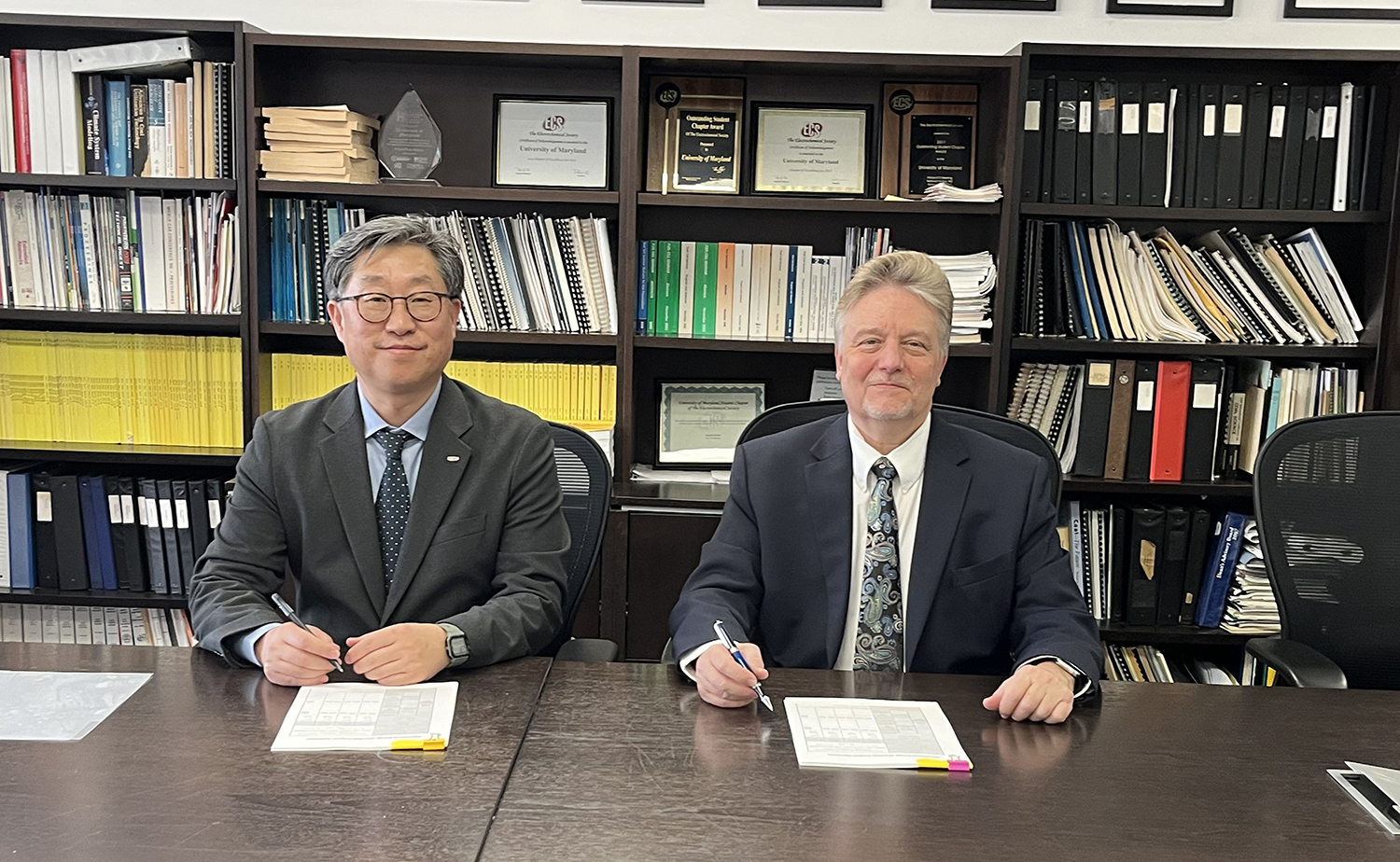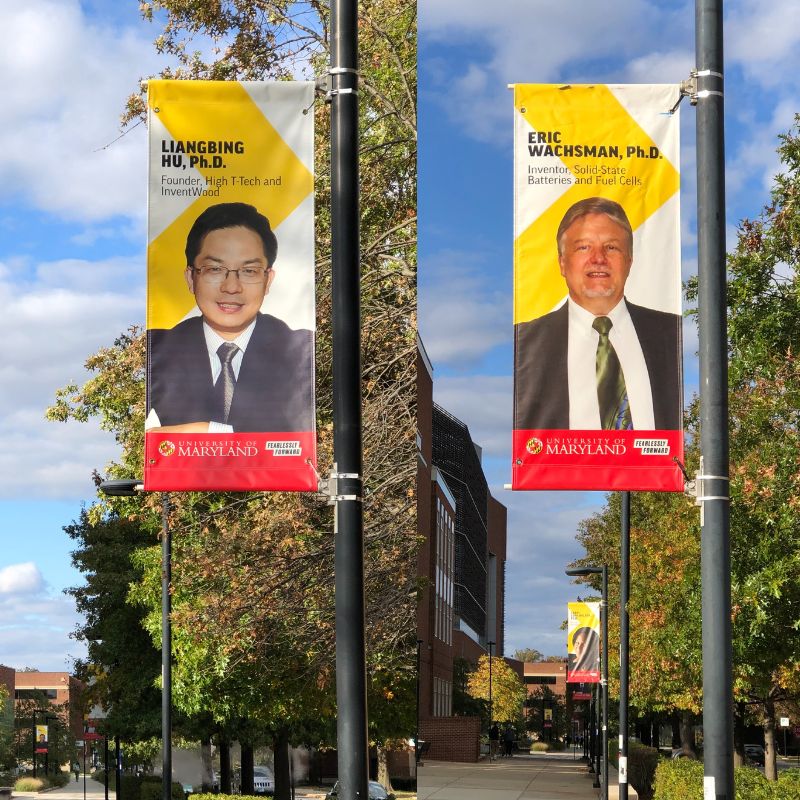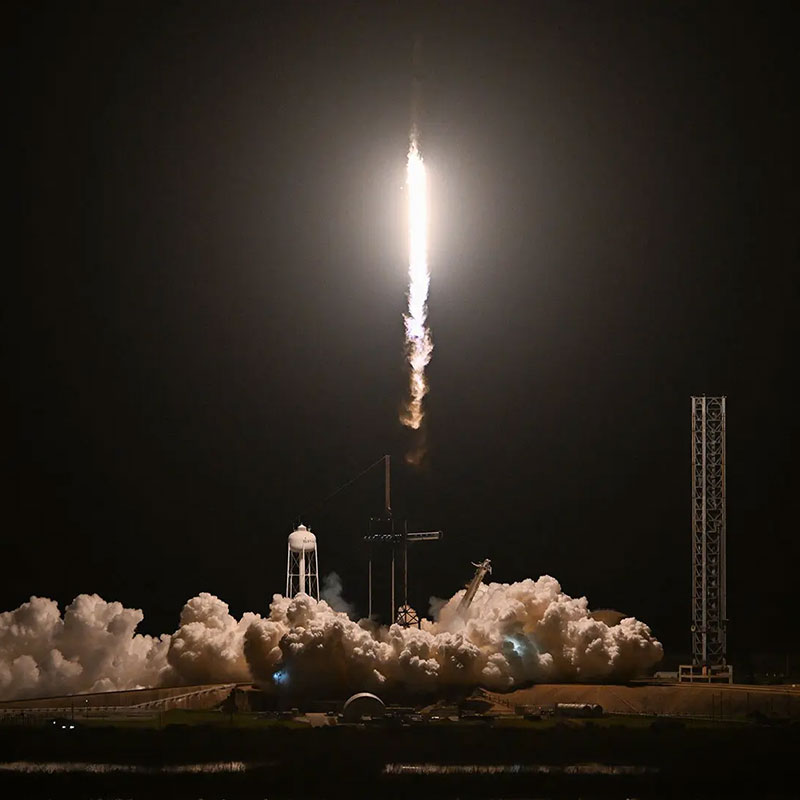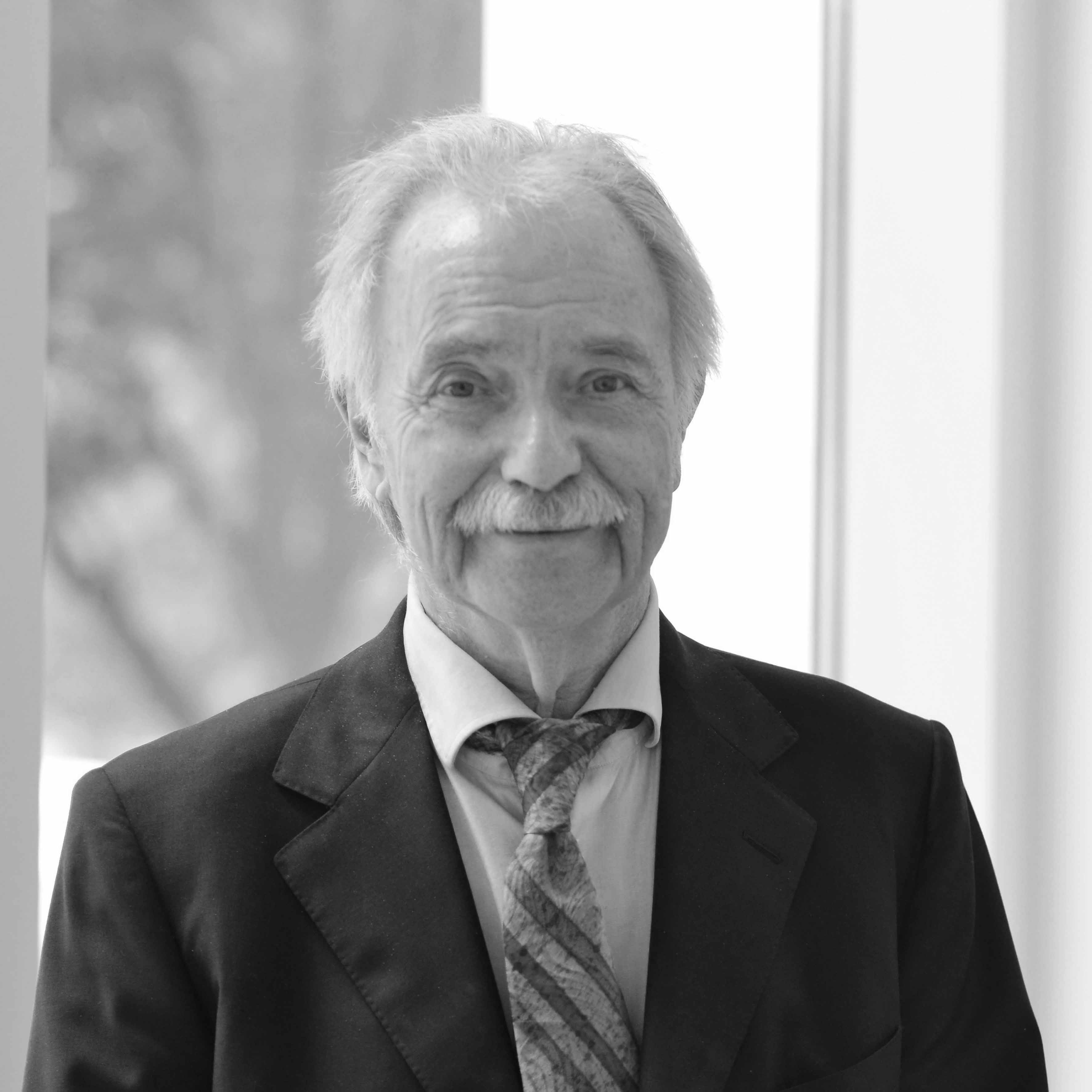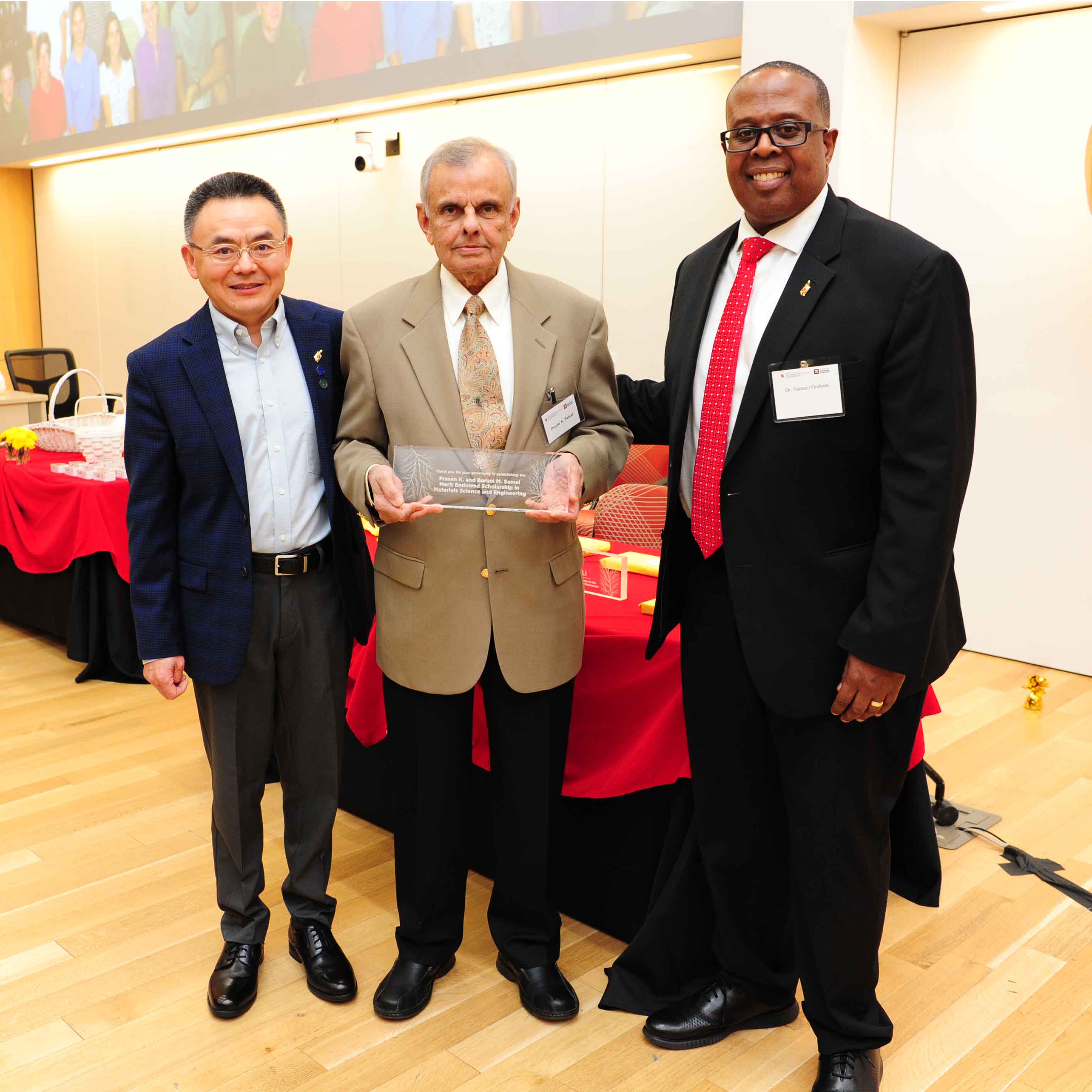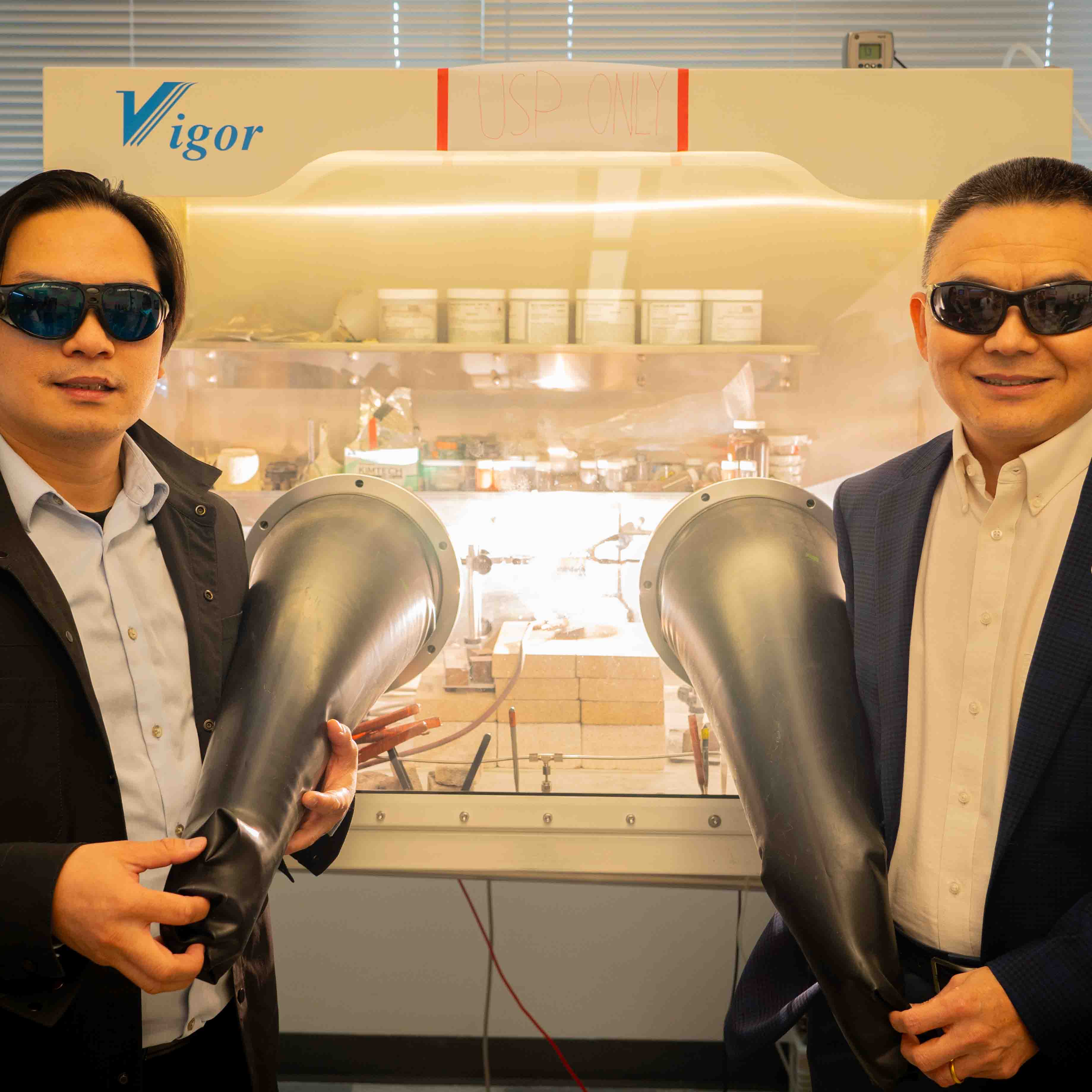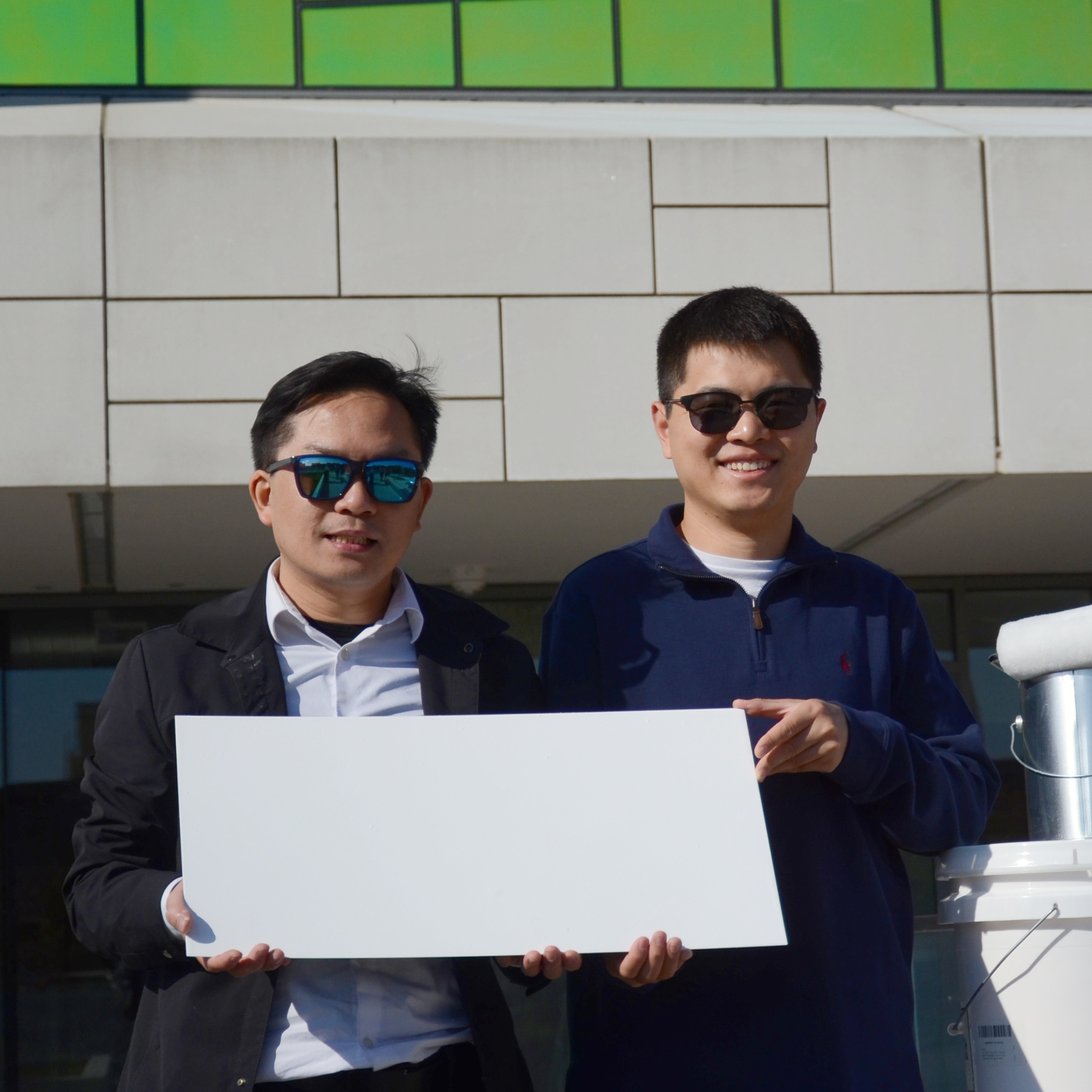News Story
Hogg Wins Postdoc Poster Symposium
Department of Materials Science and Engineering (MSE) postdoctoral research associate Charles Hogg III took first place in the College of Mathematical and Natural Sciences Postdoctoral Association's Postdoc Poster Symposium for his entry, "Bayesian Uncertainty Quantification for Continuous Functions". The award includes a $500 research travel grant.
Hogg received his Ph.D. in Physics from Carnegie Mellon in 2010 and joined MSE the same year. A NIST-ARRA postdoctoral fellow, he is currently affiliated with MSE professor and chair Robert M. Briber's research group, and works at the National Institute of Standards and Technology for Dr. Igor Levin.
Hogg's research revolves around the question, "What do the noisy data points tell us about the true signal?"
"[Signal] measurements are never exact," he explains. "They always come with some uncertainty. Often, this is due to noise. If the signal is a continuous function, we have additional uncertainty because we can only sample it at a finite number of points. Whatever its source, my goal is to quantify uncertainty about continuous functions which have been measured."
To accomplish this, Hogg has developed software that analyzes the data more effectively and calculates the probability of how accurate—or incorrect—our assumptions about a signal are.
For example, in order to determine the atomic structure of a sample of material, it is exposed to an X-ray beam. When the beam hits the sample it scatters, creating a signal in a distinct pattern that reflects the distances between the sample's atoms. When analyzed and interpreted, these data identify how the sample's atoms are arranged. The pattern, however, is noisy, which introduces uncertainty about how accurate these distances really are, as well as the resulting conclusions drawn about the sample's atomic structure.
"We can't extract the signal without making assumptions about it," Hogg explains. "My software lets us use minimal, robust assumptions—that the true signal is smooth and continuous—without assuming we know its functional form. [It] calculates the probability for each possible true [signal] curve. These probabilities tell us not only what we think the signal is, but also how wrong we could be—which in turn will tell us how well we really know the distances among the atoms."
He says his technique is particularly relevant to the analysis of nanostructured materials. "Conventional methods measure average structure, but the amazing properties of nanomaterials stem from how they depart from that average."
Hogg's software has already been applied to a variety problems and situations that involve the uncertainty of signal measurements, including measuring chemical reaction rates by observing flame speed as a function of fuel concentration, and in measuring polarization of a material's spin (magnetic strength). It has also been used to measure stress, strain and other properties of new alloys to determine their suitability for use in products like stronger, lighter cars.
Hogg says his work should result in practical, widely applicable ways to understand and deal with uncertainty in continuous signals, which he describes as "inherently a very challenging concept."
Published April 12, 2012
